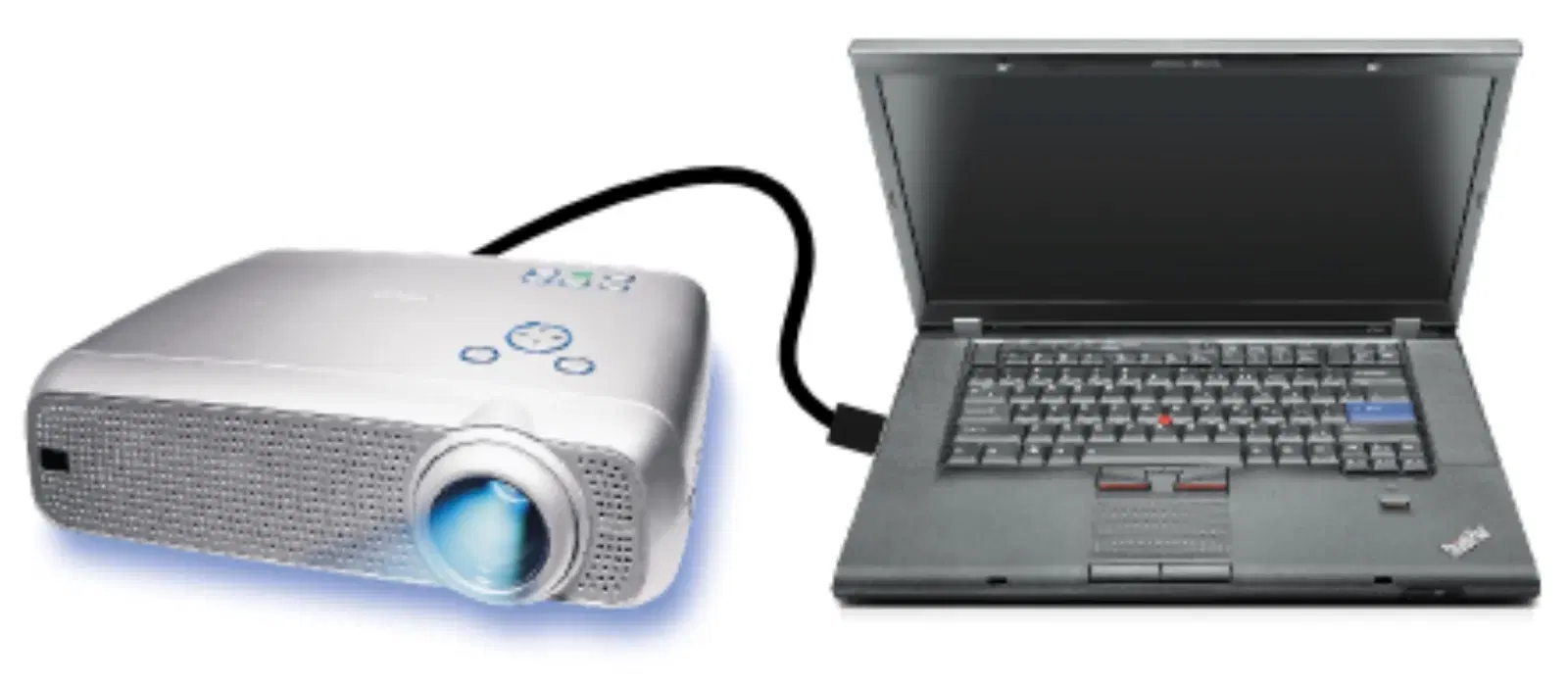
Consumer Electronics
•03 min read
Imagine this: you're about to present your groundbreaking project to your team, or you're planning a cozy movie night with your family. In both scenarios, a projector can elevate the experience. But how do you efficiently connect your laptop to a projector using HDMI? Let's break it down into simple, manageable steps.
HDMI, or High-Definition Multimedia Interface, is a popular standard for transmitting high-quality audio and video between devices. It combines both audio and video into one cable, making it a straightforward choice for connecting laptops to projectors. Using HDMI ensures a seamless and high-definition viewing experience, making it ideal for presentations and entertainment.
Ensure you have the necessary equipment: an HDMI cable, a compatible laptop, and a projector.
Locate the HDMI ports on both your laptop and projector. These ports are usually labeled and resemble a thin, flat slot.
Power off both the laptop and the projector to avoid any potential damage during connection.
Insert one end of the HDMI cable into the HDMI port on your laptop and the other end into the HDMI port on the projector.
Turn on the projector first, followed by your laptop to initialize the connection.
Switch the projector to the correct HDMI input source. This can typically be done using the projector’s remote control or the buttons on the projector itself.
Adjust your laptop's display settings: right-click on the desktop, select 'Display settings,' and choose to 'Extend' or 'Duplicate' the screen according to your preference.
If the display does not appear immediately, try troubleshooting: ensure the HDMI cable is firmly connected, restart both devices, or update your laptop's display drivers.
Did you know? Using high-quality HDMI cables from reliable brands like Croma can enhance your viewing experience. Tata Neu offers cashback options like NeuCoins, making it a cost-effective choice for purchasing tech accessories.
First, check all connections. Ensure the HDMI cable is securely connected, restart both devices, and update the laptop’s display drivers.
Ensure your laptop’s audio settings are configured to output through HDMI. This can usually be adjusted in the sound settings of your laptop.
Adjust the display settings on your laptop to match the projector’s resolution. This can typically be done through the display settings menu.
Yes, you can. If your MacBook lacks an HDMI port, you will need an appropriate adapter such as USB-C to HDMI.
Connecting your laptop to a projector using HDMI is a straightforward process with the right steps and equipment. By following this guide, you can ensure a smooth connection for your presentations or entertainment needs. Explore Tata Neu for your tech needs and enjoy rewards like NeuCoins, expert advice, and reliable after-sales support.
Verify HDMI ports on both devices and obtain a good quality HDMI cable.
Power off both devices before connecting.
Plug in the HDMI cable, power on the projector and laptop, and adjust display settings.
Troubleshoot connection issues if necessary.
Access advanced tech options and enjoy express delivery.
Benefit from comprehensive after-sales services, including ZipCare for device protection and maintenance.